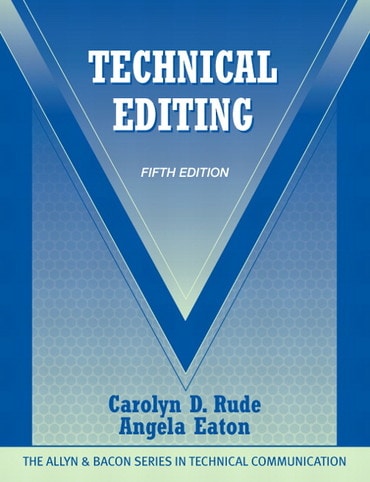
Technical Editing, 5th edition
Published by Pearson (September 29, 2010) © 2011
- Carolyn D. Rude Virginia Polytechnic Institute and State University
- Angela Eaton
Price Reduced From: $179.99
This product is expected to ship within 3-6 business days for US and 5-10 business days for Canadian customers.
This market-leading text, which reflects recent changes in technology, workplace practices and the global marketplace, progresses from concepts and basic copyediting to comprehensive editing, management and production issues. Technical Editing approaches editing comprehensively, defining editorial responsibility not as sentence-level revisions for correctness but rather in terms of information design and the overall effectiveness of a document in helping readers understand and complete tasks. Students learn that the measure of a “good” document is in part outside that document, in the document’s “match” to the users' needs and the author's goals.
Need help? Get in touch
